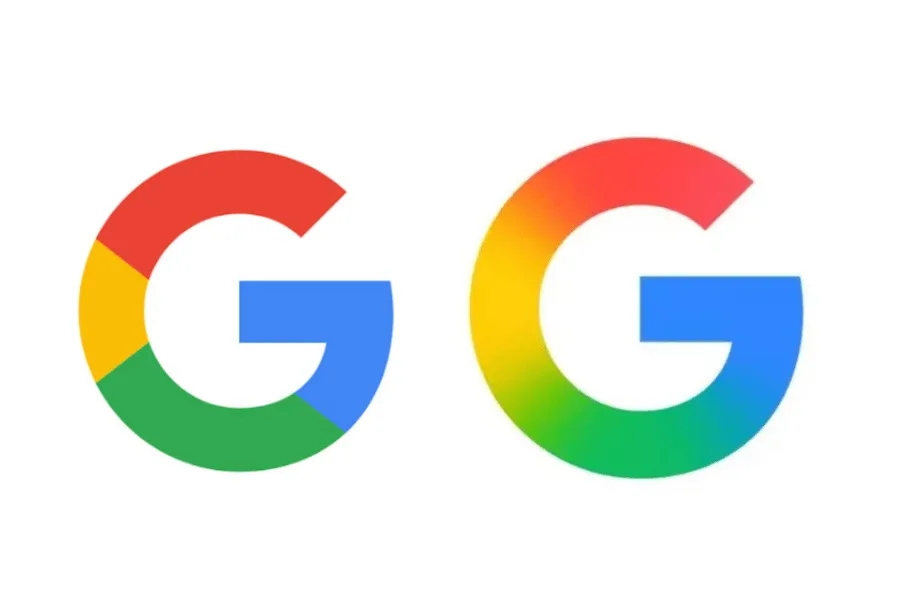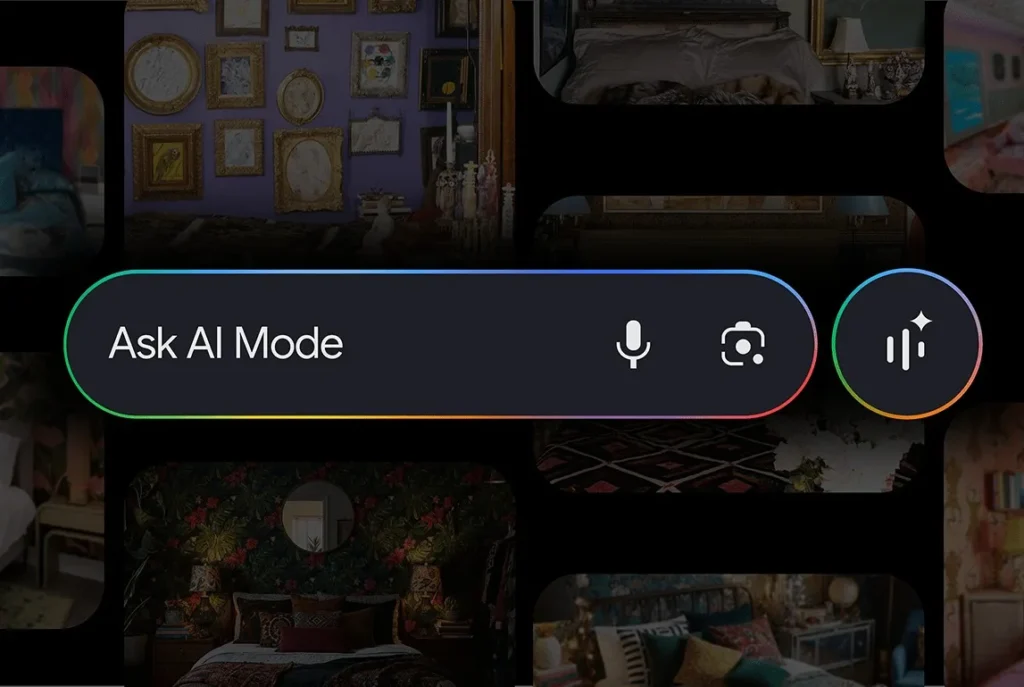Apple Expands OLED to MacBook Pro, iPad Mini, and iPad Air by 2026
After introducing OLED technology in the iPad Pro in 2024, Apple is preparing to expand this screen technology to its other flagship products: the MacBook Pro, iPad mini, and iPad Air.
This information comes from a new report by Mark Gurman of Bloomberg, detailing the timeline and implications of this transition—including a price increase.
The iPad Mini, First on the List
According to Gurman, the next iPad mini will be the first to adopt OLED technology, as early as 2026, as part of a complete redesign. Apple is counting on this screen to reignite public interest and justify a higher price, with the new model potentially costing around $100 more, increasing from $499 to $599.
The tablet, codenamed J510, will feature a new waterproof chassis, without visible speaker grilles. Instead, Apple plans to employ vibration speaker technology, a first for the iPad.
MacBook Pro and iPad Air to Follow
On the computer front, the MacBook Pro will be next in line to adopt OLED technology—expected to transition between late 2026 and early 2027, alongside the arrival of the M6 Pro and M6 Max chips.
The MacBook Air, however, will take longer to transition: its 2026 model, featuring the M5 chip, will continue to use an LCD display, with OLED not arriving until 2028.
For tablets, the iPad Air will also continue with an LCD screen for one more generation. The transition to OLED is planned for later, with no specific date indicated, but it will mark the end of LCD displays in the mid-range iPad lineup.
Apple has no plans to upgrade the “standard” iPad or the entry-level MacBook Air to OLED—at least not for several years.
Better Screens… But Higher Prices
The adoption of OLED, which is more expensive to produce, is expected to naturally lead to price increases. The upcoming OLED iPad mini will thus be nearly as expensive as the current iPad Air, priced at $599, which could prompt Apple to reposition the latter around $699.
This would help maintain a clear hierarchy between the iPad Air and the iPad Pro, which starts at $999.
Why Is OLED So Appealing?
OLED displays provide perfect blacks, infinite contrasts, and more vibrant colors—an undeniable advantage for video watching, gaming, or photo editing. Apple is aligning itself with Samsung, which uses this technology in its Galaxy Tab S11 and premium models.
However, for laptops intended for office work, the benefits of OLED remain debatable: it’s more expensive but does not provide a significant advantage for everyday tasks.
Apple is planning a gradual overhaul of its entire display lineup, making OLED the new high-end standard by 2027. It’s a logical technological evolution… but one that may increase prices as much as it improves image quality.




